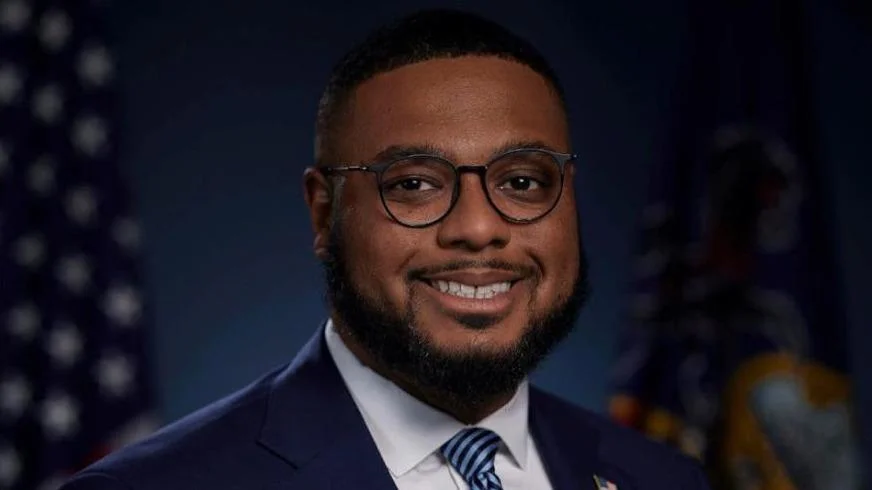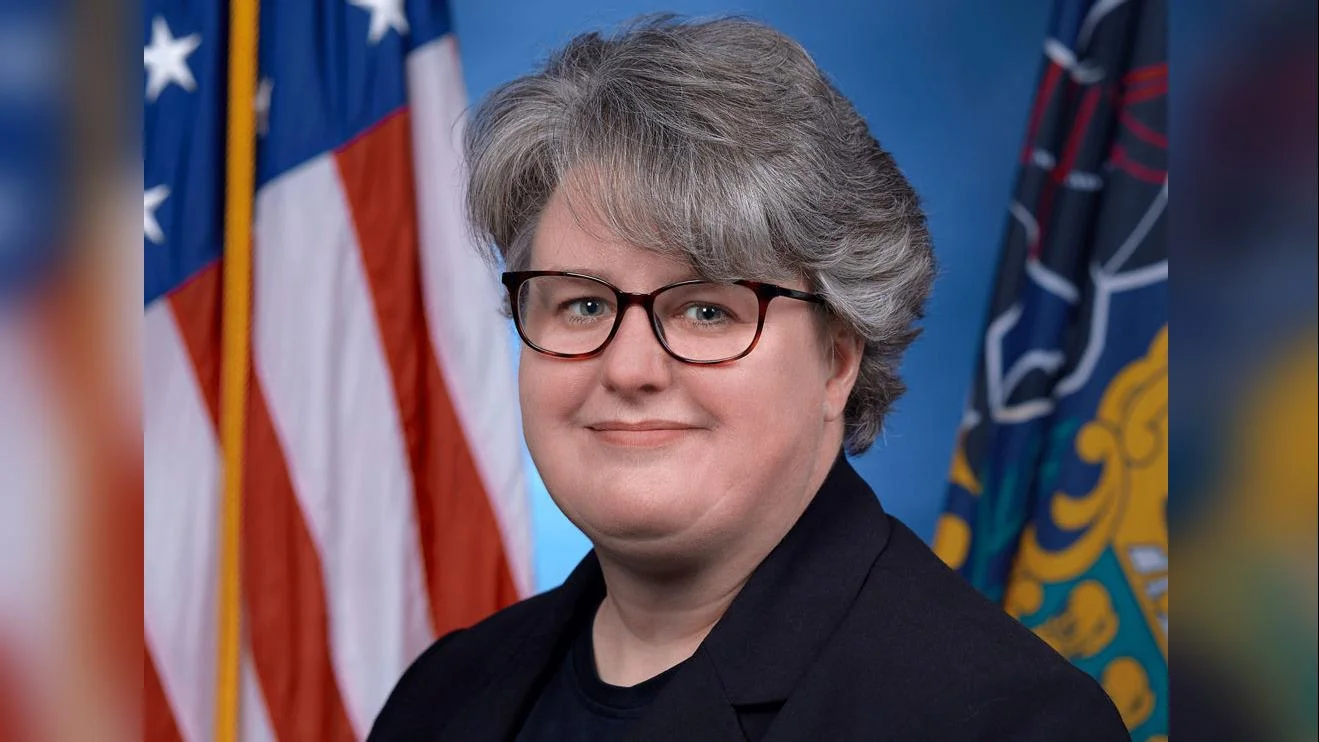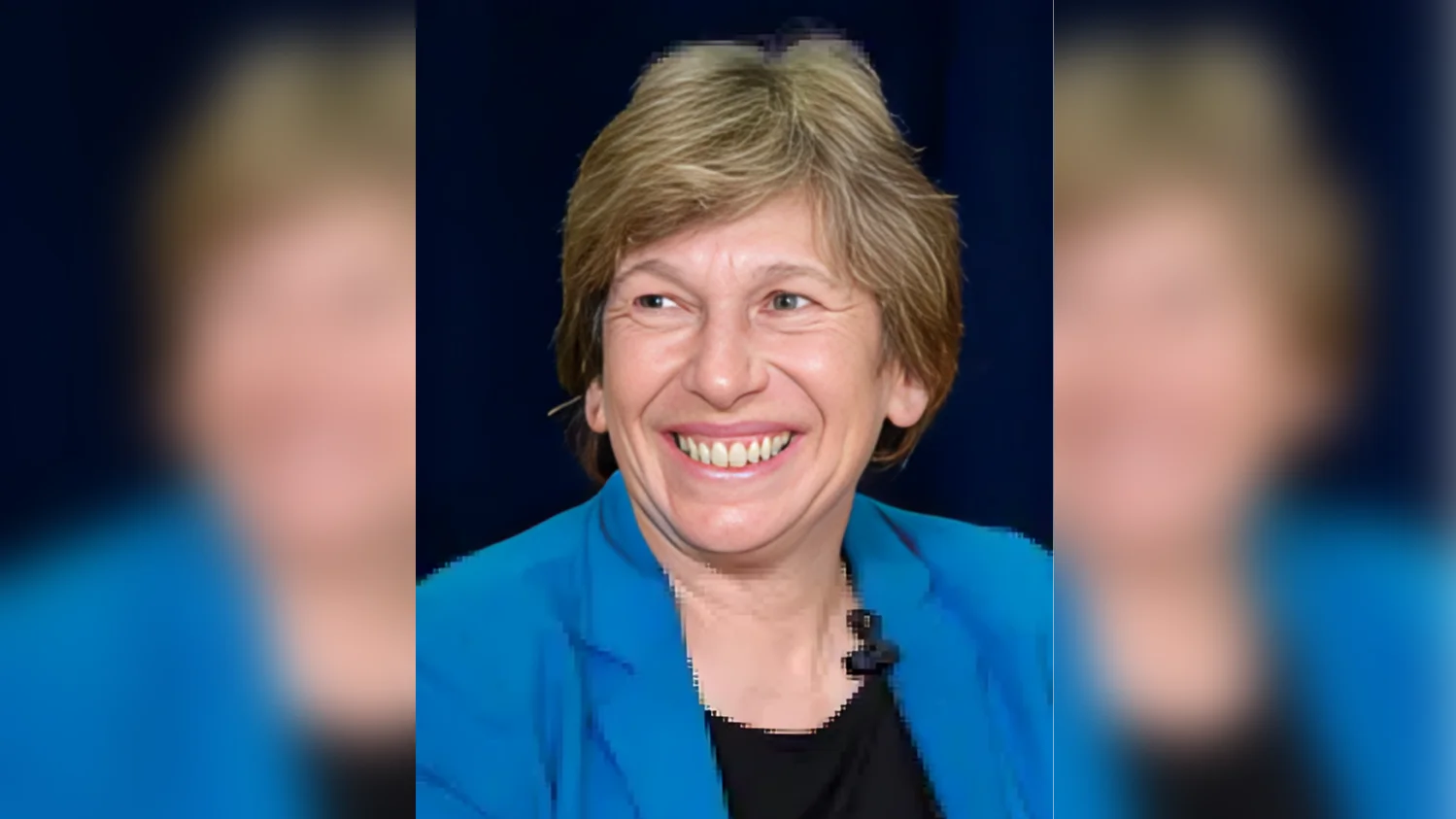
Elizabeth “Betsy” Corcoran, Co-founder and CEO | EdSurge Research
For years, students have often faced a choice between pursuing college or entering the workforce after high school. Traditionally, college was seen as the more prestigious academic route, while direct-to-career pathways were considered practical but sometimes less valued. This perspective has influenced how schools advise students, design their curricula, and even how states allocate education funding.
However, this approach is changing. More students are now looking for flexible options that prepare them for both higher education and employment. Educators and communities across the United States are reconsidering what it means to be ready for life after high school.
Recent data shows that most members of Generation Z do not feel adequately prepared for life after graduation. Only 22 percent of students gave their schools an “A” grade for helping them identify a career path. While ratings were higher for core academics and teacher relationships, preparation for the future—including learning relevant skills and exploring career options—received only a “B-.” Many students still leave high school uncertain about their readiness for what comes next.
“College is not the only destination, and a career is not the backup plan,” according to Pearson. “A blended approach honors both and helps students build a future that reflects who they are, not just what the system expects.”
Pearson emphasizes that academic achievement and career preparation should happen together. Programs such as Advanced Placement (AP), dual enrollment, and career and technical education (CTE) are increasingly being combined to provide more comprehensive high school experiences. These initiatives allow students to earn college credit while still in high school or obtain industry-recognized certifications alongside their diplomas.
In some districts, this means rethinking high school beyond traditional required courses. Dual enrollment programs let students take college-level classes early, which can save families money on tuition and help boost student confidence by exposing them to advanced coursework.
Across various regions in the U.S., schools are integrating academic instruction with real-world experience through internships, laboratory work, and partnerships with local employers. Some states have introduced health science pathways that blend classroom learning with hands-on training opportunities.
Pearson notes: “By weaving together rigorous coursework, career exploration and real-world experiences, schools help students discover their unique strengths and passions while equipping them with the tools to navigate multiple pathways.”
Despite these advances, challenges remain. Barriers such as limited funding flexibility in scheduling and persistent beliefs about what readiness should look like can restrict access to these opportunities.
“The future isn’t either/or,” Pearson says. “It’s college and career. Every student deserves the opportunity to love their journey and graduate future-ready.”
Pearson offers support through AP courses, dual enrollment options, CTE curriculum tools, professional development resources, and partnerships aimed at helping more students graduate with both college credit and job credentials. The company states its commitment to expanding access so that more schools can implement these blended approaches.
More information about Pearson’s efforts can be found at Pearson.com/ccr.





 Alerts Sign-up
Alerts Sign-up